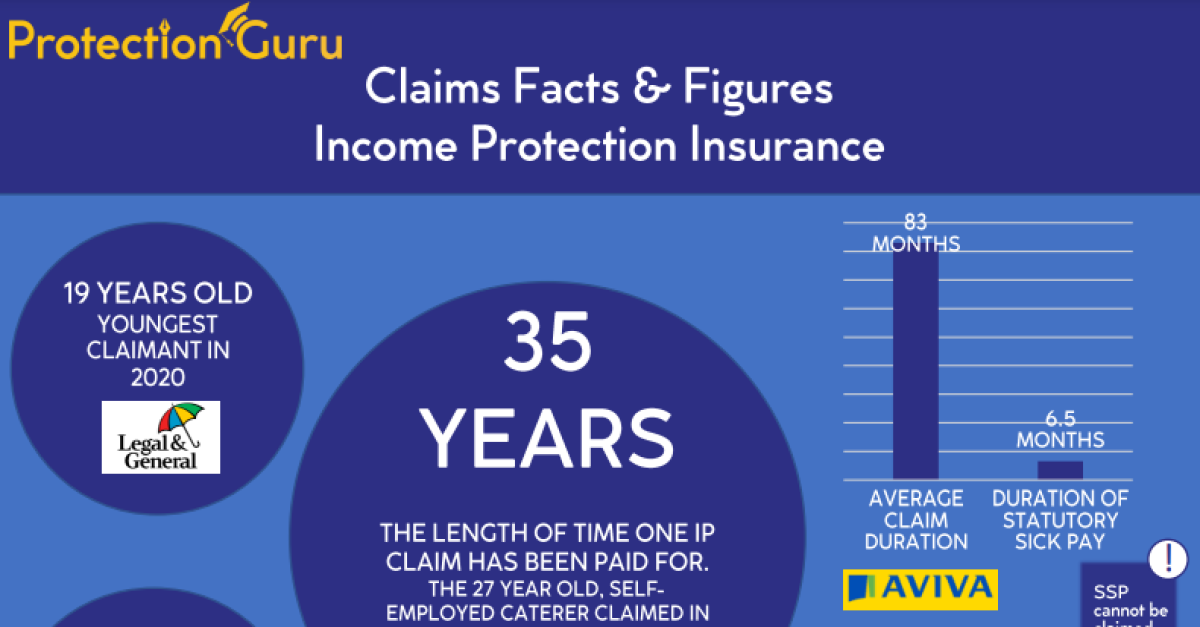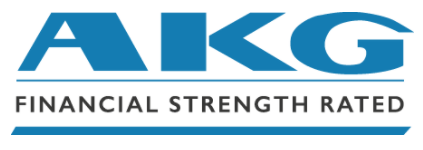
Making changes to in force critical illness plans – Everything you need to know

In reading this and the linked articles you will understand:
- Provider and product details on a range of flexibility options included in critical illness plans
- How those options help customers with changing needs ensure their cover remains relevant
- How they can help you provide critical illness to the next generation of clients
When you write a critical illness plan for your client it’s primarily there to do one job, pay out the sum assured if the worst were to happen. But life never runs on the straight and narrow and changes to a clients’ circumstances mean reviewing and amending cover is needed to make sure the plan remains relevant to their changing needs. Today’s plans have plenty if inbuilt flexibility to accommodate life’s twist and turns and in this week’s ‘Everything you need to know’ we explore the options for making changes to critical illness plans.
The flexibility of children’s critical illness cover
Children’s Critical Illness can be offered in a variety of ways. Some insurers offering it as standard, with some it is available as standard with optional upgrades and others provide it as an optional add on. Where your client has (or is planning to have) children it is important to understand the level of cover being provided and whether enhanced cover could be purchased at an additional cost.
Increasing cover without underwriting
As we said in the introduction, clients’ lives will not always run a straight and narrow course. Marriages happen, children arrive, jobs are changed and mortgages or rentals increase to name a few. Guaranteed Insurability Options (GIOs) enable clients to increase cover with no further medical underwriting if a certain life events occur. For clients that already have cover in place this may provide an opportunity to put additional cover in place without the need to disclose any medical issues.
Flexibility for renters
In today’s mortgage market with the increasingly large deposits needed, more people are staying in the rental sector. According to the Office of National Statistics, the average age of first-time buyers has increased to 34 and Zoopla’s September 2020 Rental Index shows rental demand is still outstripping supply in many markets. So how flexible are critical illness plans for renters and how do providers compare?
Critical illness buyback options
The ability to claim on a protection plan will provide clients with a financial lifeline and the added comfort of not having to worry about their finances. Where a claim is made on a full payment critical illness condition that plan will usually come to an end. But a buyback option provides the client with the ability to reinstate cover after a successful claim without the need for further underwriting.
Introducing critical illness to young people
Some insurers help advisers address young people’s protection needs earlier by making child conversion options available on the children’s element of adult critical-illness policies.
These options allow a qualifying child of the life assured to take out their own policy without medical underwriting when they’ve outgrown a parent’s policy. This gives advisers a chance to discuss the protection needs of their clients’ children at an early stage, ideally bringing about a seamless transition to their own adult policy.
Watch out for future “Everything you need to know” pieces where each week we will cover a different topic and provide you with the information you need to know to discuss the topics with your clients
Things to reflect on for CPD:
- What are the top 5 things you have learnt from this article? How will they help you in your client conversations?
- Which clients do you have right now whose circumstances mean you should have a conversation on critical illness flexibility?
- What product flexibility options not currently offered would be a useful product development?























